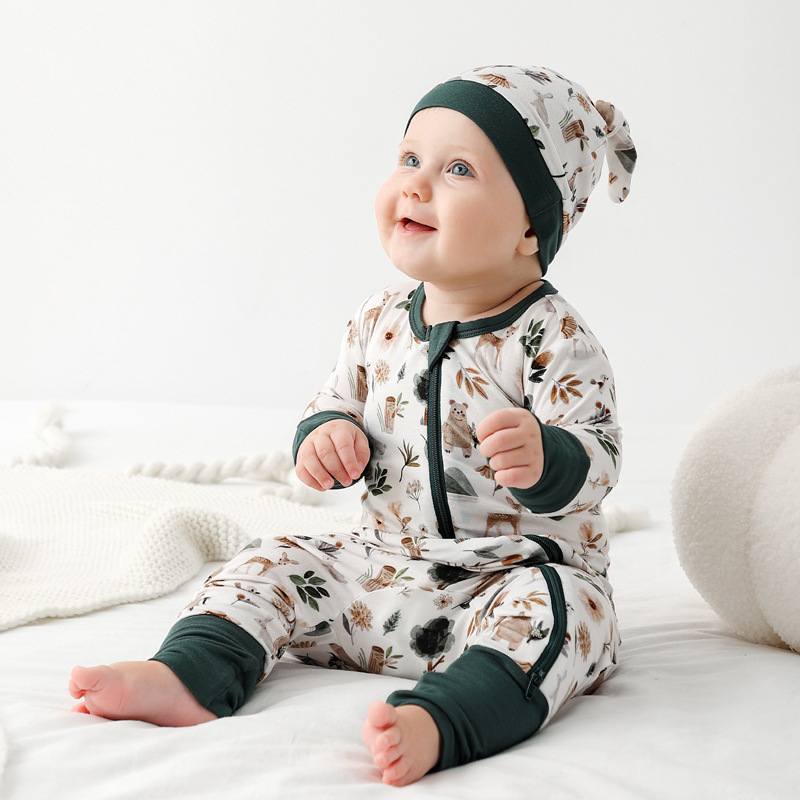When preparing for a newborn, it’s essential to understand the different types of baby clothes available. Here’s a guide to the most common types:
- Onesies/Bodysuits: These are one-piece outfits that snap at the crotch, making diaper changes easier. They are versatile and can be worn alone or under other clothes.
- Sleepers/Footies: These are one-piece outfits that cover the baby from neck to toe, often with built-in feet. They are ideal for keeping the baby warm during sleep.
- Rompers: Similar to onesies but typically more stylish, rompers are one-piece outfits that can be used for both casual and formal occasions.
- Gowns: These are loose, comfortable outfits that are easy to put on and take off, making them perfect for nighttime diaper changes.
- Swaddles: Swaddles are wraps used to snugly wrap the baby, providing a sense of security and warmth, mimicking the womb environment.
- Hats and Caps: Essential for keeping the baby’s head warm, especially in cooler weather or right after birth.
- Mittens and Booties: Mittens prevent the baby from scratching themselves, while booties keep their tiny feet warm.
- Jackets and Coats: For outdoor use, these provide extra warmth during colder months.
- Dresses and Skirts: For special occasions, these are often used for baby girls, though they can be unisex.
- Pants and Leggings: These can be paired with onesies or tops for a complete outfit, offering comfort and ease of movement.
- Tops and T-shirts: Simple and comfortable, these can be layered or worn alone depending on the weather.
- Overalls: These are one-piece outfits that cover the torso and legs, often with adjustable straps for a better fit.
- Special Occasion Outfits: These are typically more elaborate and used for events like christenings, birthdays, or family gatherings.
- Swimwear: Designed for water activities, these outfits are made from materials that dry quickly and provide UV protection.
- Layette Sets: These are coordinated sets that often include a mix of onesies, pants, hats, and sometimes even blankets.
Understanding these types of baby clothes can help parents and caregivers make informed decisions about what to purchase for their newborns, ensuring comfort, practicality, and style.
